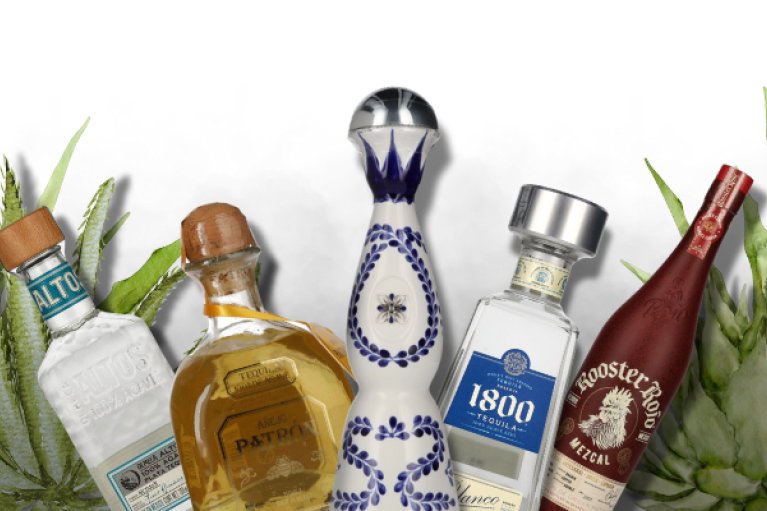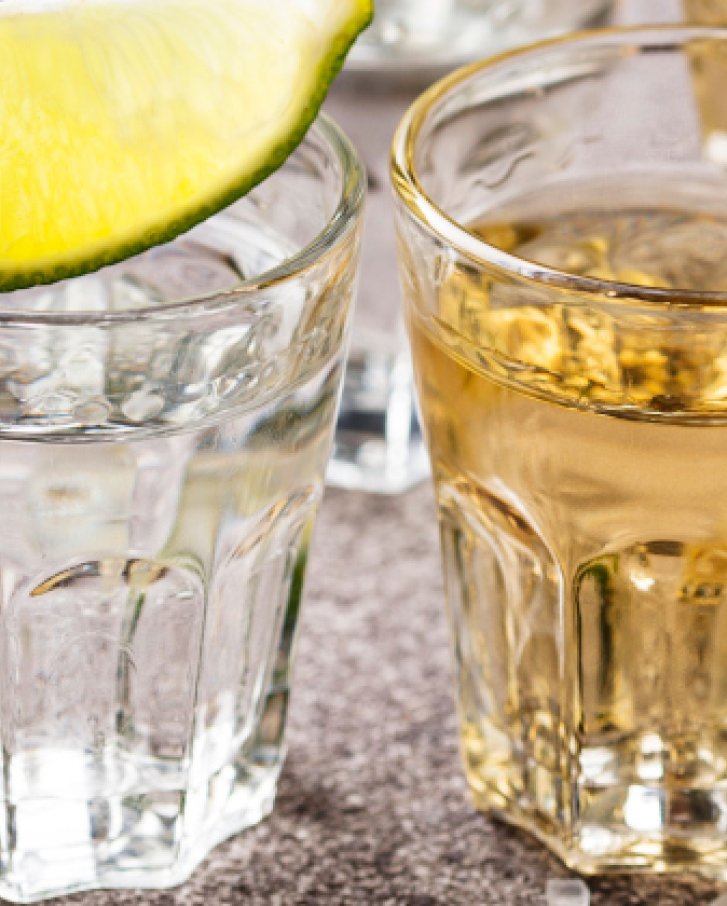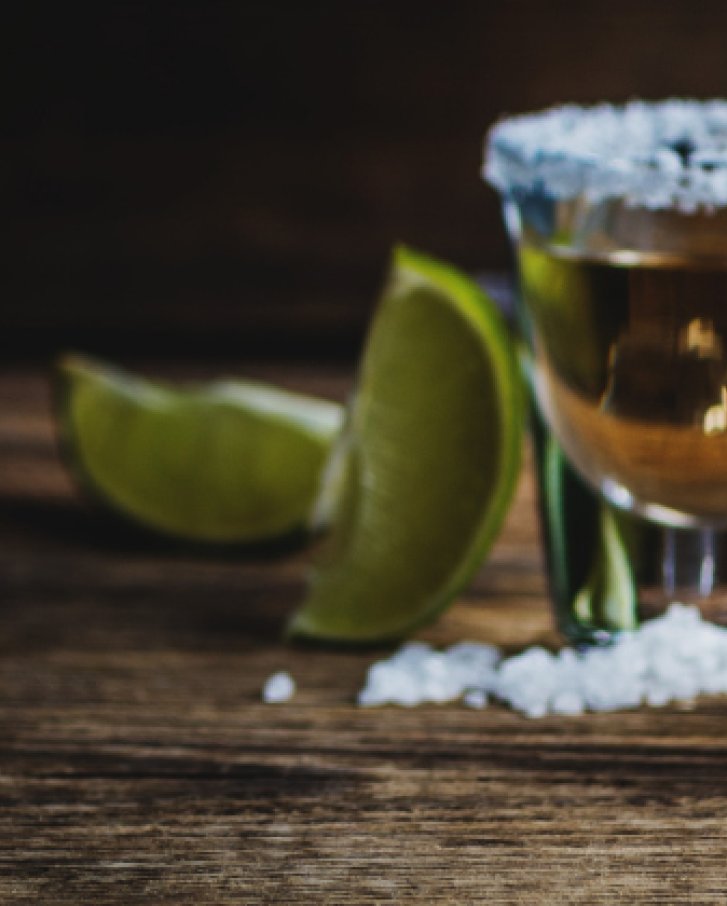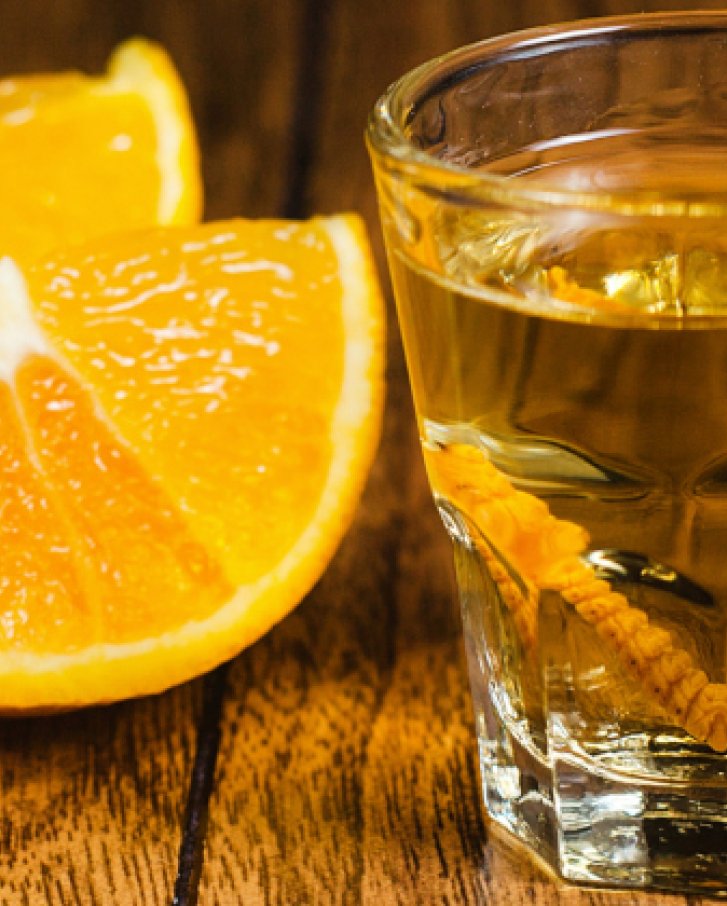Buy the most popular Extra-Aged Tequila - at delicando Shop.
Gran Corralejo Tequila AÑEJO is made from 100% agave and has an alcohol content of 38%, which can be purchased in a 1 liter bottle in EXTRA24's online store. The Hacienda Corralejo is one of the first distilleries for about 250 years, and the production has not changed since then. When you buy this tequila, you get a spirit without dyes or chemical additives and which is made from pure agave. Now in a majestic bottle buy this tequila.
Buy the most popular Ultra-Aged Tequila - in our online store.
Padre Azul SINGLE BARREL Tequila EXTRA AÑEJO is available in a 0.7 liter bottle and has an alcohol volume of 40%. This unique drink is available in the Tequila Shop of delicando. Would you like to buy this high quality tequila? It is made from 100% blue agave and has the highest standards of quality. Born in passion, this variety matures for almost 4 years in special bourbon oak barrels. Buy this tequila now - it is available from us in limited edition.
For what occasion to buy which tequila?
The different varieties are also suitable for different occasions. If you buy a silver tequila, it is ideal for cocktails such as margaritas. There are fewer flavors associated with the silver variety, but it is great for cocktails. When you buy golden tequila, it stands for pure enjoyment, which is drunk in the classic style with salt and lemon. Compared to the silver variety, the golden variant is characterized by a smooth and intense taste. For connoisseurs, an aged tequila is the ideal drink. For this, feel free to check out our tequila gift sets to please a lover. With us you can buy matured tequila and that in countless variants, which have their own flavors.
Which tequila is the best?
The answer to this question depends on the taste and can only be answered subjectively. However, the most important criteria of quality are considered to be the taste and the smell. Nevertheless, some clues give an orientation when buying tequila. With a well-known brand, a higher quality can be expected and thus used as an indicator. In addition, tequilas from Mexico are considered high quality, such as from the brand Sierra or Skywalker. In addition, the ingredients also say a lot about the quality when you buy tequila. There should be no additives and contain a high percentage of blue agave.
Buy the most popular cheap tequila - in delicando store.
Sierra Tequila Silver has an alcohol content of 38% and can be bought in the Tequila Shop from delicando in a 0.7 liter bottle. With this tequila you buy one of the most famous and popular varieties. It reflects a fresh, fruity and full aroma and is dominated by a slight chili note. Sierra Tequila Silver is often used for mixing cocktails. Buy this popular tequila now and enjoy it as a margarita.
What should a tequila cost?
A tequila comes in different quality and price ranges. If you want to buy cheap tequila, you can get it for as little as 10 euros. A tequila doesn't have to be expensive, and a cheap variety is great for cocktails. A golden tequila has a price of 10 to 20 euros and can be safely enjoyed pure. If you buy this tequila, you will notice that it is a bit more expensive, but it has a more complex taste. However, the price-performance ratio is still within reason. For this purpose, it can be flexibly enjoyed either pure or mixed with delicious cocktails. With a higher price segment up to 200 euros, the subtleties and peculiarities of a tequila become more apparent. An expensive tequila usually does not contain additives and is noticeably more pleasant in terms of smell, color and taste. In addition, you can buy tequila that is available from 200 euros. Usually, these are limited editions that are only available in small quantities. Therefore, such varieties are usually preferred by collectors. With us you can buy not only tequila, no. With us you can also buy rum. If you are a fan of the strong taste, you will like our rum varieties. But you will also find a wide variety of liqueurs in our assortment. We have something for every palate. Buy the tastiest liqueur now!
Buy the most popular tequila: up to 10 euros
Padre Azul Super Premium Tequila Añejo has an alcohol content of 38% and is made from 100% agave. A 0.05 liter bottle is available in delicando's online store. If you buy this high-quality tequila, which has a content of 100% blue agave, you will get a very noble drop. Therefore, it comes in a relatively small bottle. This variety matures for more than 18 months in wooden oak barrels and has a special design. Buy now this high-quality and cheap tequila and drink with pleasure.
Buy the most popular tequila: up to 20 euros
El Jimador Tequila Blanco is available in delicando's Tequila Shop in a 0.7 liter bottle and has an alcohol volume of 38%. This variety is made with a lot of heart and soul, which you will notice when you buy and enjoy the tequila. El Jimador Tequila Blanco is not only fresh and young, but also has an authentic character. Buy this spicy fresh tequila now and enjoy the fine aroma.
Buy the most popular tequila: up to 200 euros.
A true art is the Clase Azul Tequila REPOSADO. This special variety has an alcohol content of 40% and is available in delicando's Tequila Shop in a 0.7 liter bottle. When you buy this high quality tequila, you will not only get high quality, but also a bottle shaped and painted by hand. The Clase Azul Tequila REPOSADO is an ultra premium variant, which is made from blue Weber agave. Buy now this high quality tequila and taste it in a special way.
Buy the most popular tequila: over 200 euros.
With the Don Julio 1942 Tequila Añejo the highest class in terms of quality is achieved. This high-quality variety has an alcohol volume of 38% and is available in the online store of delicando in a 1.75 liter bottle in the assortment. In 1942, Don Julio started the production of tequila and has continued since then. The variant is stored for at least two and a half years in oak barrels and has a unique taste as well as smell. Buy now this unique tequila and enjoy in a luxurious way.













































































 Login with Amazon
Login with Amazon